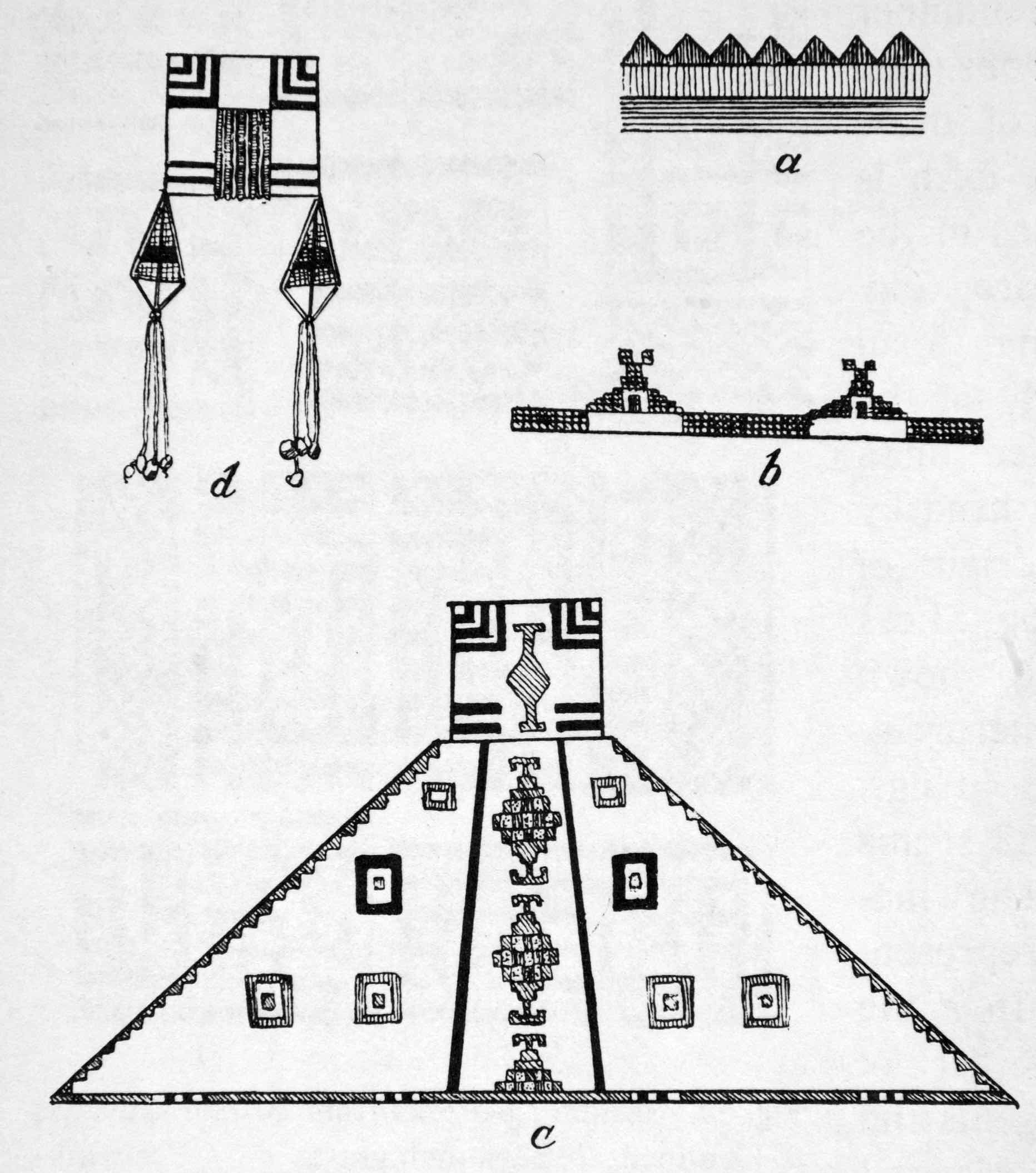“Reading-In”: Franz Boas’s Theory of the Beholder’s Share
by Whitney Davis
The essay begins:
 Franz Boas (d. 1942) was born into an educated Jewish family in Westphalia in 1858; by 1888, at the age of thirty, he had settled permanently in the United States, in New York City. Today Boas is perhaps best known for his lifelong critiques of racialist theory and its concomitants in anti-Semitism and Nazism. He broadcast his arguments indefatigably from Columbia University (where he taught from 1899 until his death) into the public forum; one such statement was his memorable 1924 letter to the New York Times, “Lo, the Poor Nordic!,” in which he set out to refute Henry Fairfield Osborn (chief paleontologist at the American Museum of Natural History), who was advocating the innate superiority of the “Nordic race.” By the 1920s, the German-Jewish immigrant Boas was writing with immense authority as one of the internationally recognized founders of American anthropology—that is, both of Americanist anthropology and of anthropology in North America (the United States and Canada; Boas did much of his fieldwork in the latter nation).
Franz Boas (d. 1942) was born into an educated Jewish family in Westphalia in 1858; by 1888, at the age of thirty, he had settled permanently in the United States, in New York City. Today Boas is perhaps best known for his lifelong critiques of racialist theory and its concomitants in anti-Semitism and Nazism. He broadcast his arguments indefatigably from Columbia University (where he taught from 1899 until his death) into the public forum; one such statement was his memorable 1924 letter to the New York Times, “Lo, the Poor Nordic!,” in which he set out to refute Henry Fairfield Osborn (chief paleontologist at the American Museum of Natural History), who was advocating the innate superiority of the “Nordic race.” By the 1920s, the German-Jewish immigrant Boas was writing with immense authority as one of the internationally recognized founders of American anthropology—that is, both of Americanist anthropology and of anthropology in North America (the United States and Canada; Boas did much of his fieldwork in the latter nation).
In this essay, I consider a somewhat neglected contribution made by Boas to the anthropology of visual culture and, more narrowly, to the methods and principles of art history—namely, his prescient theory of the beholder’s projection of verbalized meaning into visual form and symbolism. Boas worked out his ideas in relation to certain background intuitions about human seeing and image making in interaction with natural language. But they remained undeveloped, and they have not much been followed up beyond the specific ethnographic context in which they were formulated. Still, they remain suggestive from the vantage point of a present-day world art history. I will contextualize them analytically in relation to comparable but distinct approaches to the “beholder’s share”—a beholder’s active identification and interpretation of visual form and meaning, including the most basic matter of recognizing the things that might be depicted or symbolized in a conventionalized visual pattern. My aim is not only—not primarily—to provide an exegesis of Boas. Instead, I aim to frame and phrase his ideas—as I see them in their “best case”—in ways that give them the greatest interest and relevance for certain present-day concerns in the study of visual culture worldwide. Continue reading …
Basing his essay in part on Boas’s book Primitive Art (1927), Whitney Davis considers the Boasian theory of the beholder’s share in constructing the significance of visual form and in interpreting its meaning. Boas’s analysis of what he called “contradictions” between his indigenous informants’ exegeses of form lay at the heart of his conclusion that individual agents “read-in” to form some of the most crucial aspects of social experience that are most salient and specific to them. “Reading-in,” Davis argues, is the verbal speaking of visual “seeing-as,” and it infuses visual form with the diversity and particularity of a speaker’s grammatical choices undertaken within their natural human language(s). This model might now seem self-evident. At the time, however, it opened up the possibility of an “anthropology” of art and, to an extent as yet unrealized, the possibilities of its sociology and history. The essay evaluates Boas’s model in relation to other well-known accounts of the beholder’s share in art history, philosophy, and elsewhere and concludes with a discussion of the uptake of his idea in the “structuralism” of Roman Jakobson and Claude Lévi-Strauss.
 WHITNEY DAVIS is Pardee Professor of History and Theory of Ancient and Modern Art and Chair of the Department of History of Art at the University of California, Berkeley. His most recent book is Visuality and Virtuality: Images and Pictures from Prehistory to Perspective (Princeton, 2017).
WHITNEY DAVIS is Pardee Professor of History and Theory of Ancient and Modern Art and Chair of the Department of History of Art at the University of California, Berkeley. His most recent book is Visuality and Virtuality: Images and Pictures from Prehistory to Perspective (Princeton, 2017).
